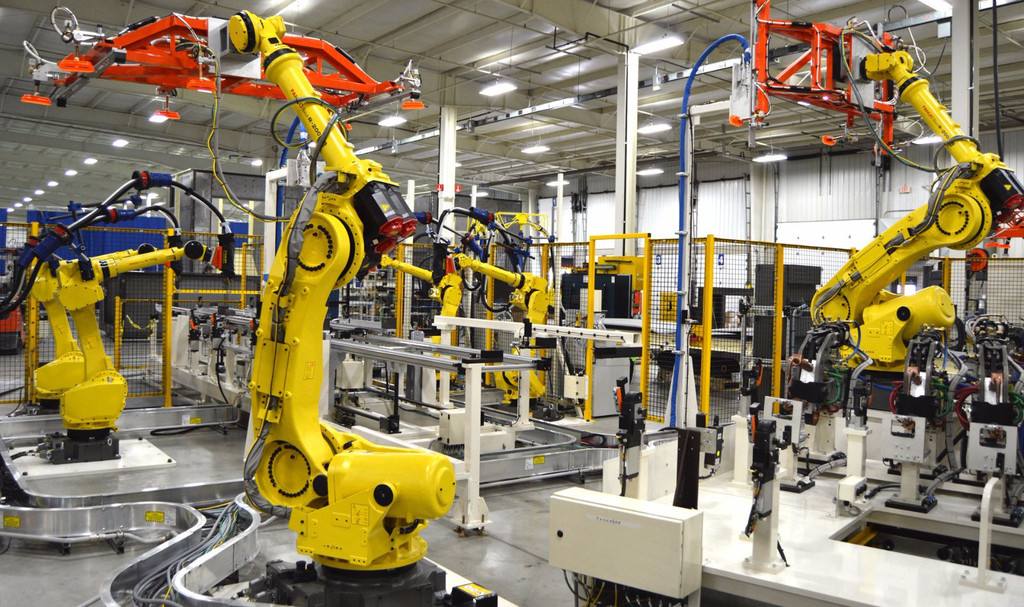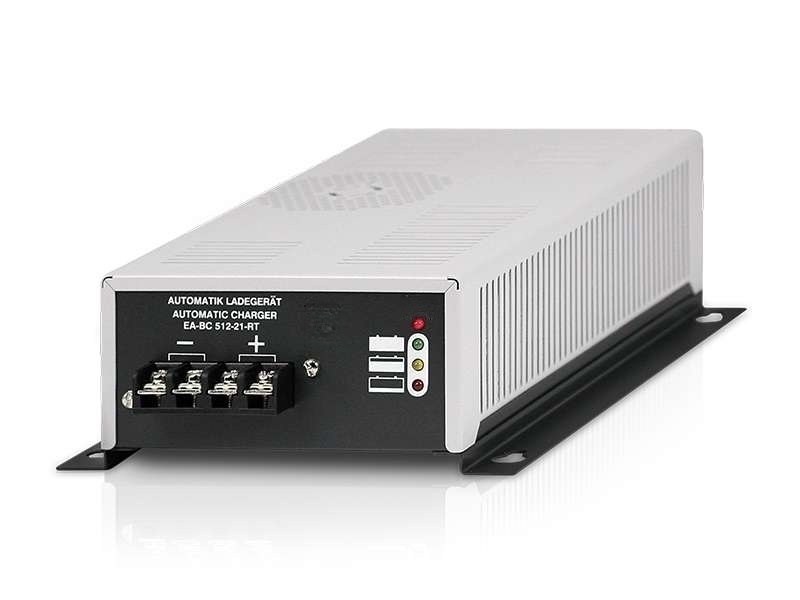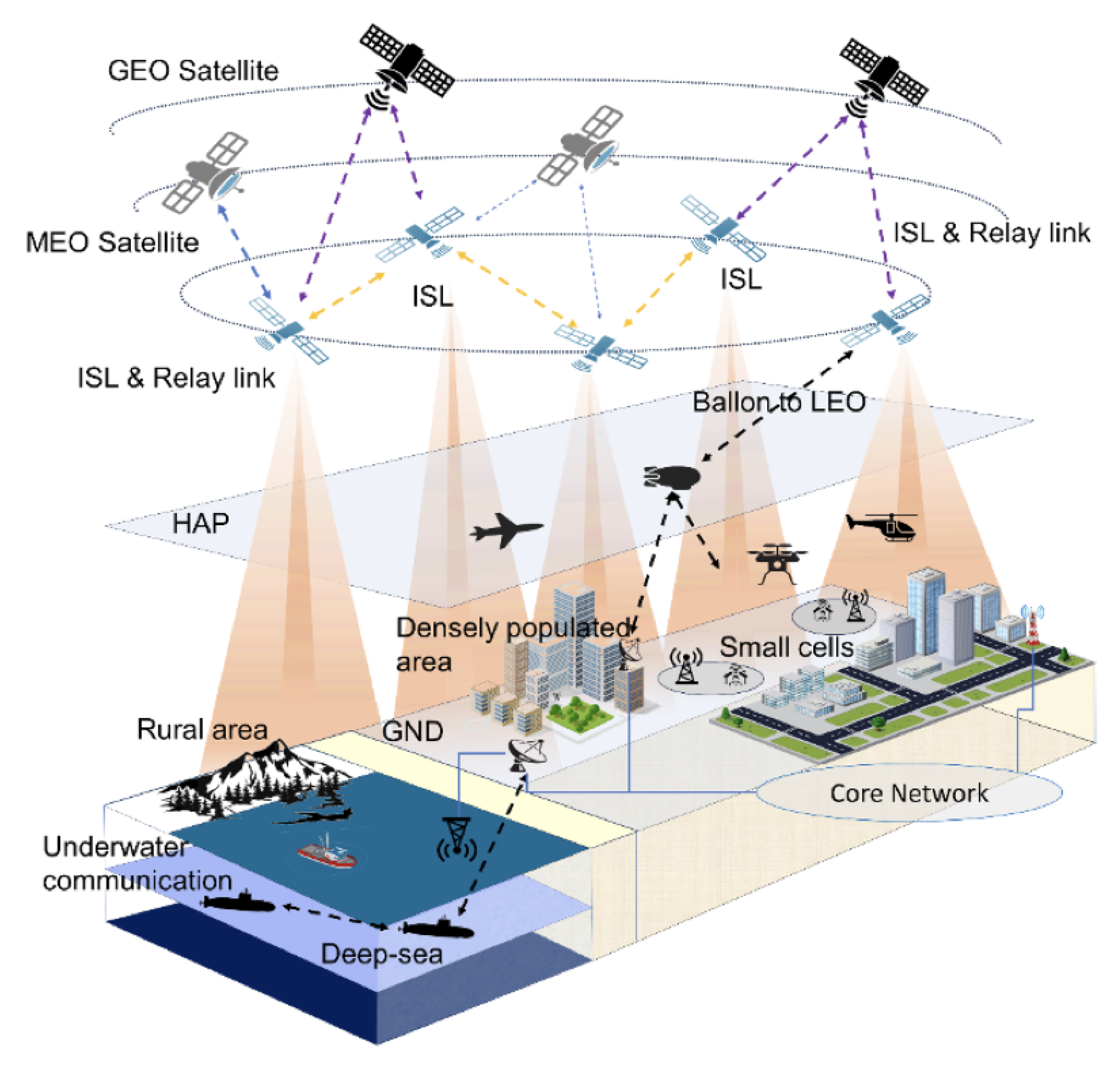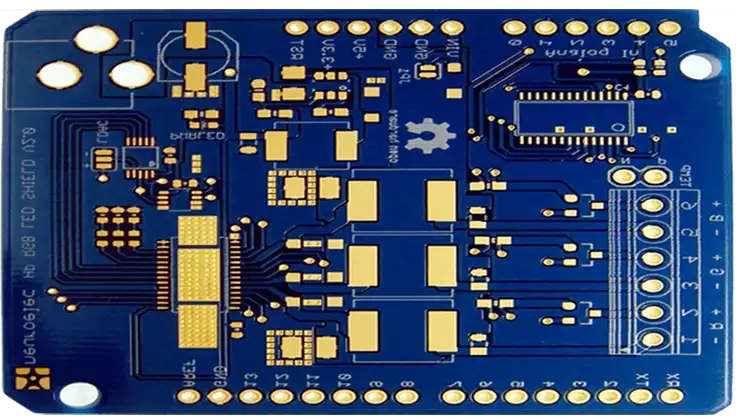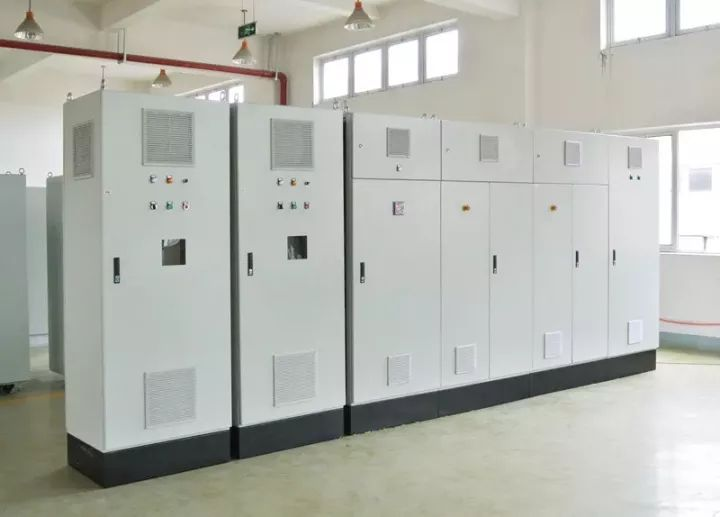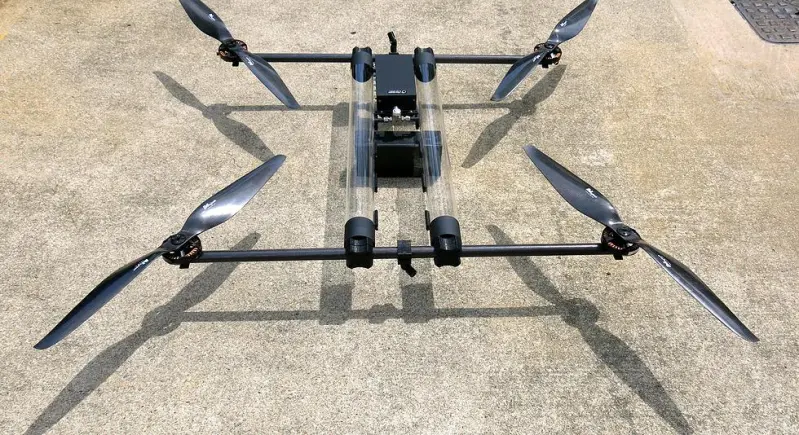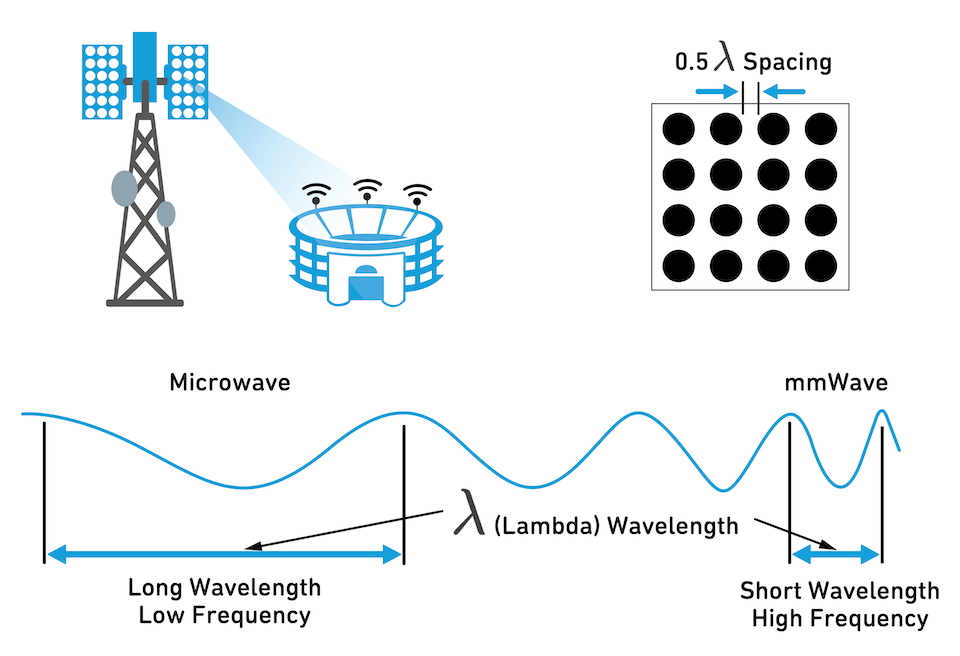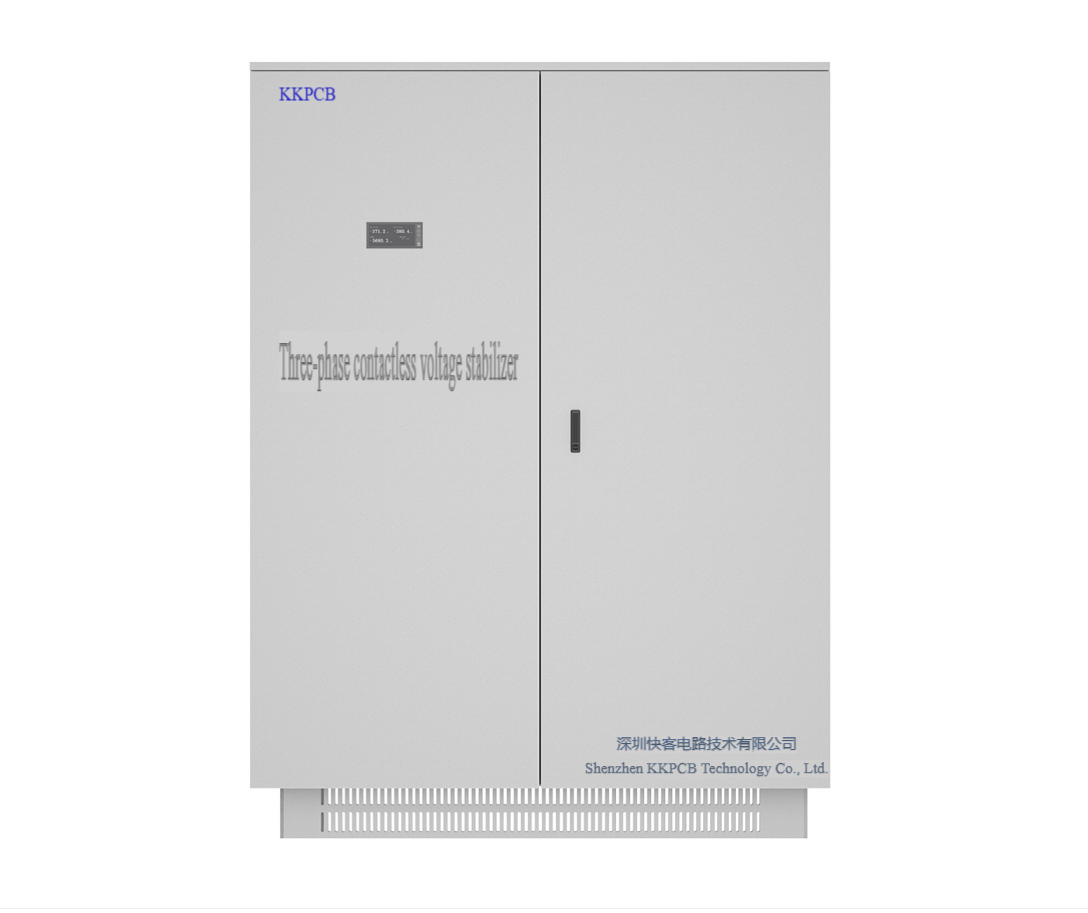Client: A Global Leader in Optical Networking Equipment (Confidential)Application: 100Gbps QSFP28 Transceiver Module Pre-KKPCB Challenges (2023 Client Data) Issue Field Measurement Impact Signal Integrity 3.2dB insertion loss @25GHz BER >1E-7 (vs. required 1E-12) Thermal Crosstalk 8°C hotspot near TOSA driver Laser wavelength drift (+0.05nm) EMI Susceptibility Failed FCC Part 15 Class A (3dB over limit) […]
1. Background Overview With the growing adoption of industrial automation in Europe, an increasing number of companies are seeking compact, high-performance robot control systems to optimize production flexibility and operational efficiency. A European client approached us with a demand for a next-generation industrial robot control system PCBA, aiming for smaller size, faster processing speed, enhanced […]
In the field of industrial automation, battery-powered systems have become increasingly important, especially for uninterrupted power supply in mission-critical applications. A European client specializing in compact, high-performance battery chargers for automation systems was seeking a reliable PCBA manufacturing partner to enhance product quality, reduce costs, and improve delivery timelines.
Client: A European Leader in Optical Satellite Communications (Confidential per NDA)
Application: Laser Inter-Satellite Links (LISL) Terminal (Deployed in LEO Constellation)
1. Background Overview A European industrial automation client required a compact, high-isolation, and cost-effective magnetic current sensor PCBA to be integrated into their control cabinet systems. The goal was to ensure safe and accurate current monitoring in a high-voltage industrial environment while maintaining stable performance under electromagnetic interference (EMI). 2. Application Scenario The current sensor […]
Client: A Leading European Industrial IoT Gateway Manufacturer (Confidential per NDA)
Product: Model RX-4500 Edge Gateway (Deployed in Tropical & Coastal Environments)
1. Background Overview A European customer specializing in voltage regulators was seeking to integrate a new high-performance voltage sensor module into their next-generation products. The client faced challenges such as unstable temperature drift, inefficient component layout, and long delivery cycles. They were looking for a reliable manufacturing partner with strong customization capabilities and ultimately chose […]
“Reducing Weight by 40% While Maintaining Robustness for Harsh Environment Operations” Project Overview Customer Background A European UAV manufacturer specializing in industrial surveillance (identity protected) required a weight-optimized RF PCBA for their next-generation drone’s communication module, targeting multi-band operation (900MHz/2.4GHz/5.8GHz). The legacy design’s excessive weight (120g) limited flight time, while inadequate environmental protection caused failures […]
“Enabling Precise Beamforming with Industry-Leading Channel Isolation” Project Overview Customer Background A leading North American 5G infrastructure developer (confidential under NDA) required an advanced 16-transmit/16-receive (16T16R) Massive MIMO antenna array PCB for their next-generation 3.5GHz 5G macro base stations. The design faced critical inter-channel crosstalk issues degrading beamforming accuracy and 3GPP 38.104 compliance. Technical Challenges […]
1. Background Overview In modern industrial automation systems, a stable and reliable power supply is critical for ensuring efficient equipment operation. A European client specializing in industrial-grade voltage regulators was seeking to enhance product performance in areas such as voltage stability, thermal control, communication reliability, and cost efficiency. They turned to KKPCB for a customized […]







